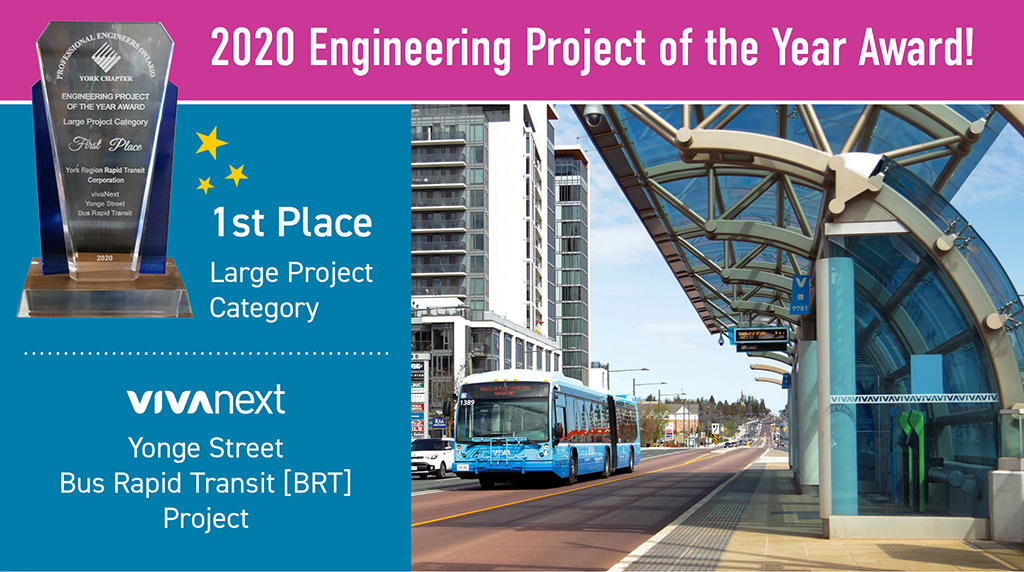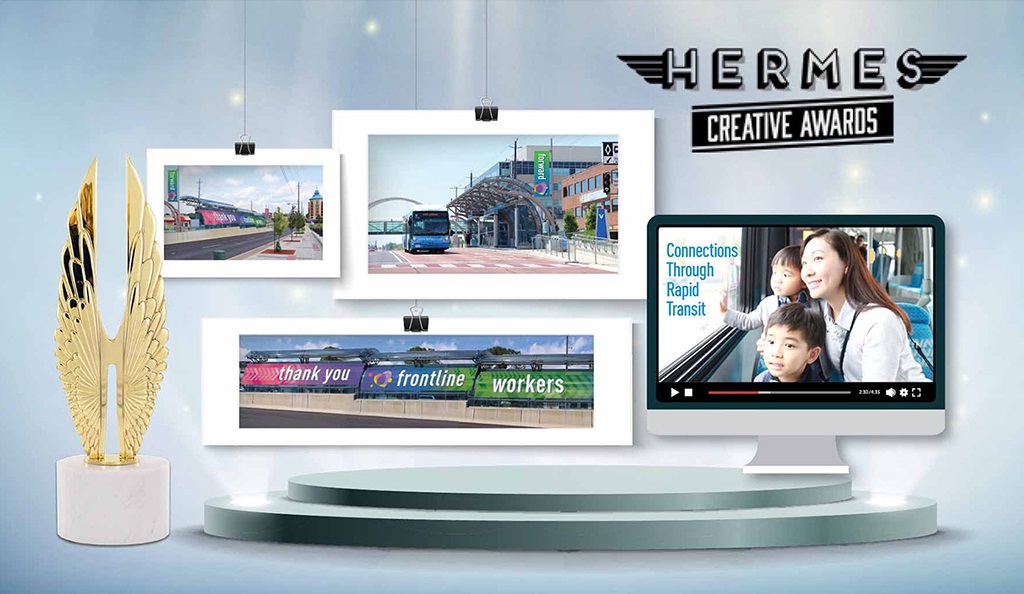
If you’ve ever come to one of our vivaNext open houses, you’ll be able to picture this scene: a room-full of long maps, blueprints and illustrations, showing all manner of lines, arrows and numbers. It’s not necessarily the most glamourous-looking stuff to many of us – in fact, some details can seem downright indecipherable! But to an engineer, these displays represent the product of months and months of immensely challenging puzzles, detailed analysis and problems to be solved.
Like other huge civil engineering projects, the vivaNext rapidways rely on an enormous amount of massively detailed planning; these details probably aren’t top-of-mind for the vast majority of people. When’s the last time you drove down a road in a rainstorm and paid attention to how well the water was draining off the roadway? Probably never. But I can guarantee that if the water was not draining well, you would notice. That’s the point of engineering – to anticipate and plan for a dizzying array of components, in this case, the elements needed for roadway and transit system building – so that when the final project is built, everything works seamlessly and perfectly.
So what have those engineers (and architects) been doing for the last couple of years, anyway? Here’s a plain-language guide to vivaNext engineering.
Each week at the vivaNext office, our preliminary engineering team sits down and gives an update on all the project components they’ve been working on. Some items – like designing all the underpinnings (e.g. road grade, storm sewers and catch basins to make sure water drains properly) – are critical, but largely invisible. Some of the components require looking well into the future, for example, working with Regional and Town planners to anticipate future land use plans and potential developments to ensure intersections and stations are located where they will be most convenient and useful. Some of the planning is related to urban design issues, such as the kind of materials and finishes that will create the style of urban streetscape we want for our communities.
Did you ever stop to look at a street light pole? I confess that it never occurred to me what went into choosing a street light. I now know that there are many options for street lights out there, and someone actually has to spend time carefully considering what height, diameter, finish and shape will work and look best – not to mention what kind of foundations are needed, how they should be spaced, and what kind of light they will provide. Every decision point impacts the budget, how the streetscape will look and may impact the construction schedule as well.
And as with everything that involves public money, there is an ever-present (and totally appropriate) focus on getting the best value for money, and balancing design objectives with cost-consciousness. Some of these discussions involve items that I suspect many people would find interesting – like landscaping and street furniture choices. Other items deal with equally important but less visible questions (and let’s be honest, not terribly interesting for most people), for example, determining the best and most cost-effective way to protect all the electrical wires that will be buried under our rapidway stations.
Safety and legislated issues are key, of course – ensuring surfaces such as platform tiles aren’t slippery, and that stations and enclosures are accessible. Many questions – such as where to locate fare equipment and displays so people don’t have to go farther than necessary – involve anticipating how people will want to use the system and making sure it functions well. Some of the issues can draw on experience from other places – for example, understanding how wind and weather will interact with our glass canopies, so we can make them as comfortable as possible for riders. Others issues are totally dependent on finding made-at-home answers, by working with local municipalities, who in turn work with their stakeholders. These include things like fitting bike lanes into the roadway design, or how best to protect sensitive natural or heritage features.
One thing I have learned from observing our engineers at work, is how much careful thought, analysis and knowledge is required to build our vivaNext dream. For most – if not all – of the issues, there’s never an obvious answer. Every issue, from the most glamourous to the most prosaic, needs to be debated and weighed, with many different pros and cons considered and balanced. And everything is connected, so nothing is ever as simple or straightforward as you might think.
So next time you walk down the sidewalk or drive along Highway 7, give a thought to what you’re surrounded by, and notice all the little things that make up the streetscape –then consider the additional complexity involved in our vivaNext rapidway system! The effort is worth it to plan and build a vision, to make it work perfectly, and to get people around York Region easily, quickly and conveniently.



